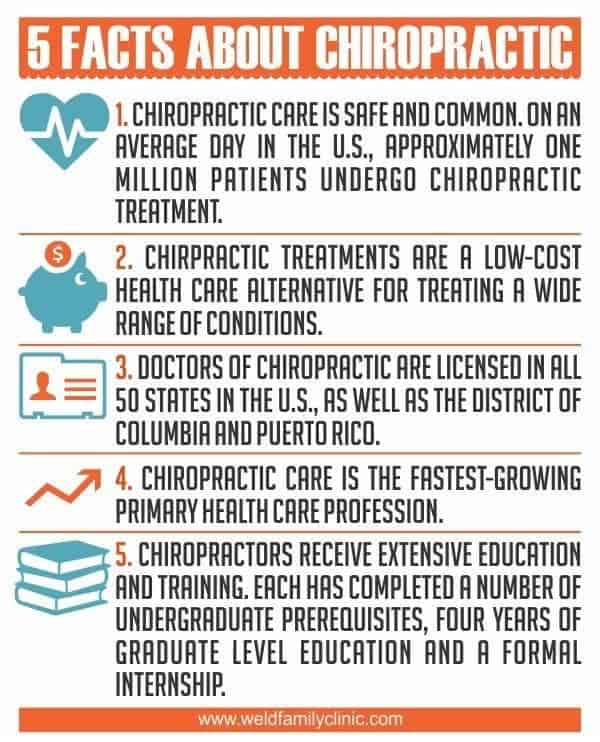Signs You May Requirement Soft Tissue Therapy For Discomfort Relief
Signs You May Requirement Soft Tissue Therapy For Discomfort Relief
Blog Article
Web Content Create By-Donahue Hemmingsen
If you've been handling persistent muscle mass stress or tightness, you might be questioning if there's a much better remedy than just over the counter discomfort relief. Minimal variety of movement and ongoing discomfort after an injury can seriously affect your daily life. These signs typically suggest that your body needs a lot more targeted treatment. So, just how do you understand when it's time to think about soft Tissue treatment? Allow's check out some key signs that might amaze you.
Persistent Muscle Mass Tension and Tightness
If you typically find yourself feeling tight and rigid after a long day, you may be dealing with persistent muscle stress. https://neck-pain-after-injury06283.dsiblogger.com/66048210/discover-the-conveniences-efficient-sports-massage-techniques-for-injury-prevention can creep in from everyday tasks, inadequate posture, or even anxiety.
You might notice that particular locations, like your neck or shoulders, really feel particularly tight, making it hard to kick back. Neglecting this tension can cause even more significant concerns, impacting your total health.
https://chiropractornearmecaracci38382.blogoxo.com/33218544/just-how-to-select-the-right-soft-tissue-therapist-for-you might discover it testing to relax or feel exhausted despite obtaining enough sleep. Including routine stretches or gentle activity can aid alleviate a few of this stiffness, but it mightn't be enough.
If the stress lingers, seeking soft Tissue therapy can supply the alleviation you require, helping to recover balance and comfort in your body.
Minimal Series Of Movement
A limited series of activity can substantially affect your day-to-day tasks and general quality of life. You could locate straightforward jobs, like grabbing an item on a rack or bending down to link your footwear, coming to be progressively difficult.
This restriction frequently comes from tight muscle mass, joint issues, or previous injuries, making movement unpleasant and even excruciating. When you can not relocate freely, it affects your capacity to exercise, play sporting activities, or take part in pastimes you appreciate.
https://www.healthline.com/health/sleeping-with-pillow-between-legs can help minimize these concerns by targeting the underlying muscle tension and boosting versatility. If you see tightness, discomfort, or a failure to completely extend or bend your joints, it deserves taking into consideration therapy to recover your mobility and improve your general health.
Persistent Pain After Injury
Experiencing consistent discomfort after an injury can be irritating and debilitating. You may've believed the pain would discolor with time, however when it remains, it could signal a deeper concern.
This recurring pain may impede your everyday tasks and affect your quality of life. You may see rigidity, swelling, or level of sensitivity in the damaged area, which can limit your capability to move easily.
If you have actually tried rest, ice, or over-the-counter medications without success, it's necessary to consider soft Tissue therapy. This approach targets the muscle mass, tendons, and ligaments surrounding the injury, promoting healing and pain relief.
Do not let persistent discomfort control your life-- seek out professional assistance to get back on course and restore your flexibility.
Verdict
If you're experiencing chronic muscular tissue stress, restricted variety of activity, or persistent discomfort after an injury, it's time to think about soft Tissue therapy. Disregarding these indications can bring about additional discomfort and impede your everyday tasks. As opposed to counting solely on over the counter drugs, looking for professional help can efficiently resolve your signs and advertise healing. Don't await your discomfort to aggravate-- act now and improve your quality of life with the right therapy.
